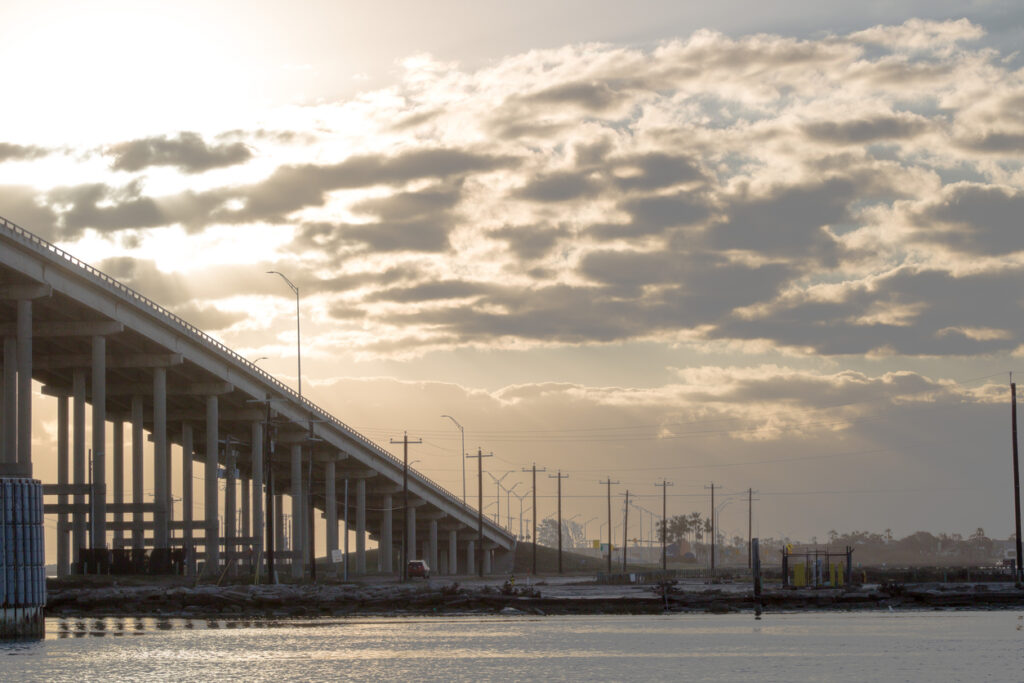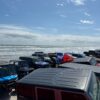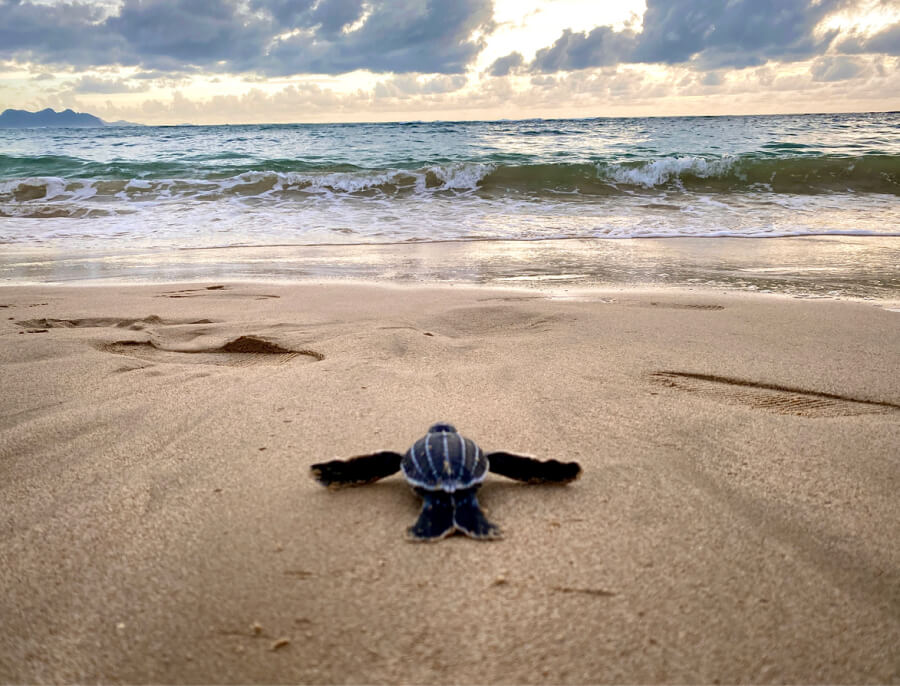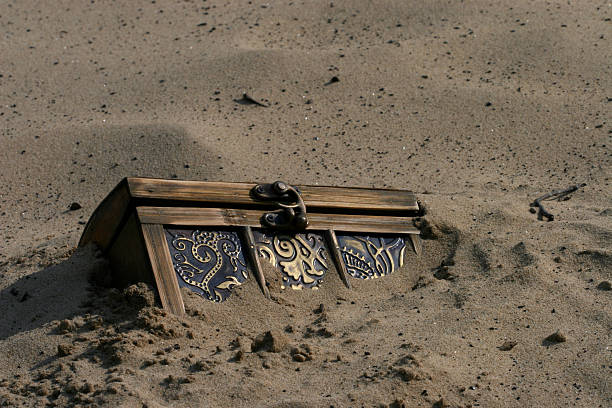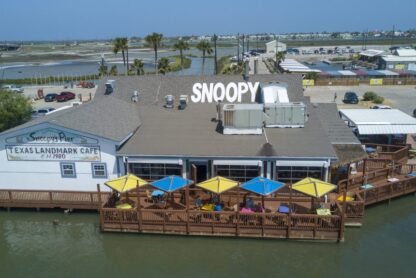North Padre Island is known for its sandy beaches and wildlife but island legend suggests much deeper roots filled with tribal adventures, shipwrecks, enterprises, and buried treasure. Evidence suggests the Coahuiltecans and the Karankawas were the original inhabitants of Padre Island. These Native American tribes used the island as a seasonal hunting and fishing grounds for thousands of years. More is known of the Karankawa, who existed in Texas until about 1850. The Karankawas were tall, and well proportioned, with a mouth full of pearly whites but had poor hygiene practices and looks were not their strong points. The food supply of the Karankawas included plants, and animals, and were known to cover their bodies with alligator oil as protection against mosquitoes which released an offensive odor, (Sheire, 1971). The Karankawas lived on Padre Island for centuries, but their numbers began to decline in the early 1800s due to disease and colonization by Europeans. By the late 1800s, the Karankawas had all disappeared from the island and today are remembered in the form of local landmarks such as Karankawa Bay and Karankawa Pont.
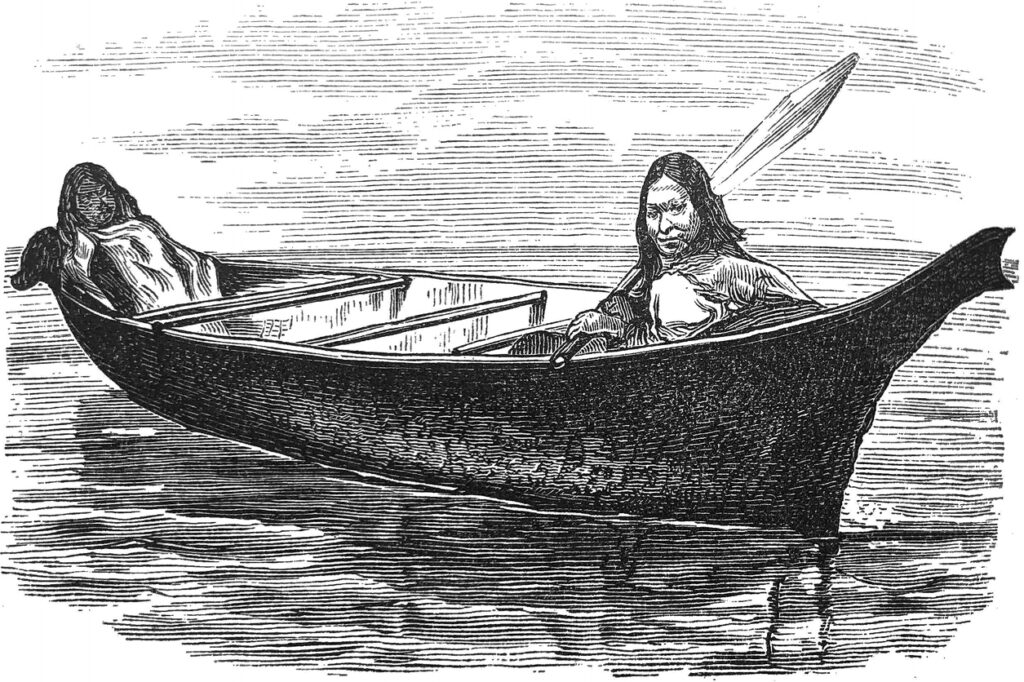
First Visit to The Texas Coast
Alonso Alvarez de Piñeda was a Spanish explorer and navigator who is credited with being the first European to visit the Texas coast. He sailed along and mapped the Gulf Coast of North America from Florida to Mexico in 1519. His maps showed an Isla Blanca, which is believed to be Padre Island in South Texas. Although it is not known whether he actually visited the barrier islands, it is believed that he was close enough to have seen them. Piñeda was also the first European to circumnavigate the Gulf of Mexico, and his maps and descriptions of the coastline are still used today.
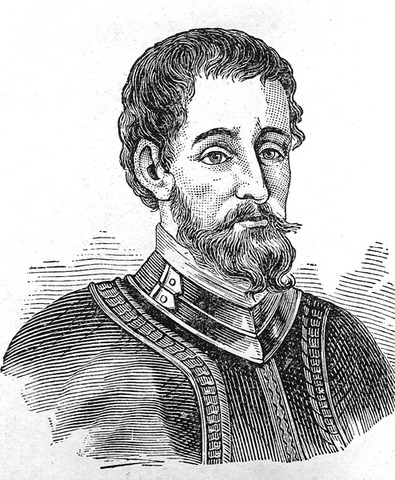
Tragedy Strikes Padre Island
By 1550, Spain had established a presence in Mexico and throughout Latin America quickly capitalizing on the area’s natural resources. Every April, men of war escorted a fleet of ships to North and South America carrying supplies, passengers, and gold from their mines. In September 1553, a fleet of 300 left Vera Cruz, but trouble soon arrived when a hurricane hit the ships dragging them into the Gulf of Mexico. Shipwreck on the beaches of Padre Island, with no signs of civilization in sight, the survivors scavenged what they could from the wreckage and discussed their options concerning the Indian tribes nearby. At first, the Indians seemed friendly, but it was soon revealed that they had bad intentions. The Spaniards had to quickly defend themselves and begin their journey south to reach the Mexican settlements. With few supplies, little clothing, and no shoes, their flight was full of anguish, hunger, and exhaustion. Out of the three hundred who had set out, only two survived. Island tales suggest there are still large treasures off the coast of Padre Island or buried in the sand.
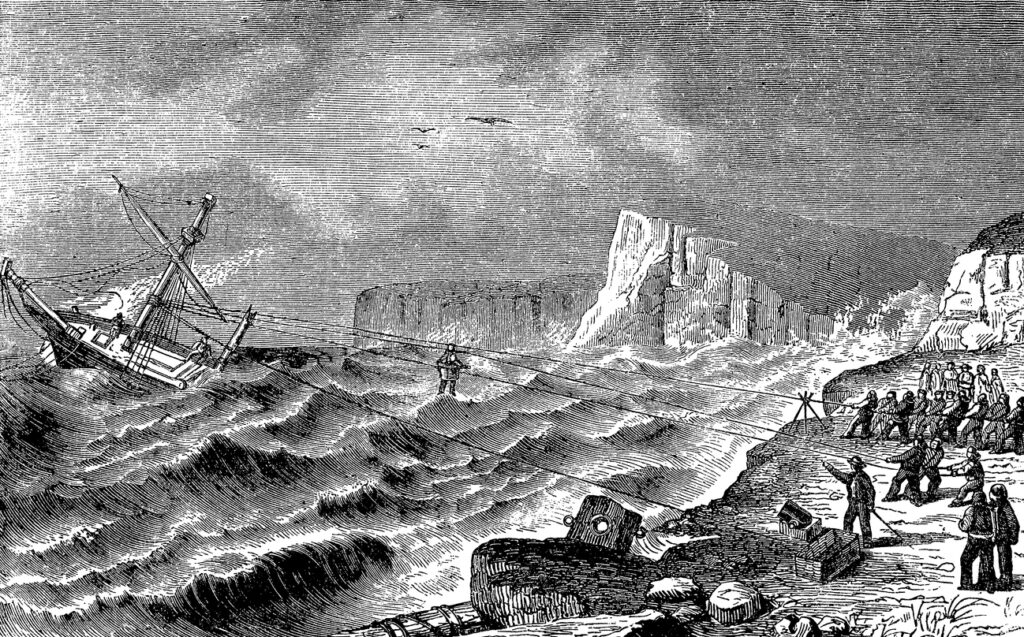
In 1685, a pivotal event occurred that brought Spaniards back to the area of Padre Island. Robert Cavalier Sieur de la Salle, a French explorer, had sailed down the Mississippi to its mouth, claiming the region for France. After his return to France, he convinced Louis XIV to establish a new French colony in North America and infringe upon the Spanish empire. Louis XIV had no desire to settle the coast, as it was reportedly unsuitable for inhabitation. La Salle’s intrusion stirred up a reaction from Spain, causing them to start settling in Texas. The first Spanish settlements in Texas, and the roads connecting them, were located far north of Padre Island.
The official record of Padre Island began in 1766, when it was explored and documented by Spanish explorers.
Since then, the island has been visited many times and is no longer a mysterious expanse of sparkling white sand. Padre Island’s past is filled with folklore, from tales of shipwrecks and buried treasure to stories of pirate activities. Some claim that the notorious pirate Jean Lafitte sailed in the waters around the island and may have even used it as a hideout. Other tales suggest that hidden treasure can still be found on the island, with books giving specific locations to look for it. While the evidence is scarce, it remains a part of Padre Island’s history and how it has been imagined over time.
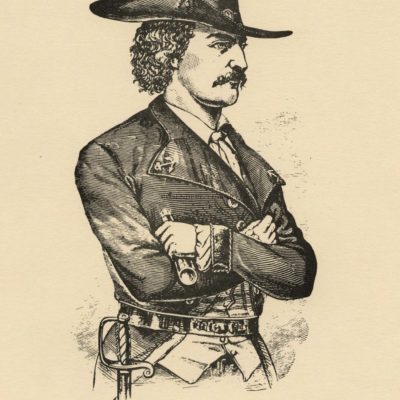
From 1836 to 1962, Padre Island saw a lot of change, with the discovery of oil and natural gas and the building of the causeway leading to increased industrialization, urbanization, and tourism. This has allowed people to experience the island through leisure activities like fishing, swimming, and boating, as well as providing a home to a variety of wildlife.
